San Nicolas in Ilocos Norte is the convergence point of three major roads leading to Tuguegarao (North), Manila (South), and Nueva Era (East).
Together with the quaint town in witnessing history unfold is Balay San Nicolas, a 19th-century-old bahay (or balay) na bato situated on a 1,700-sqm. lot across the town plaza. It used to be the estate of the Valdes-Lardizabal clan, which was recently unveiled as a living museum.
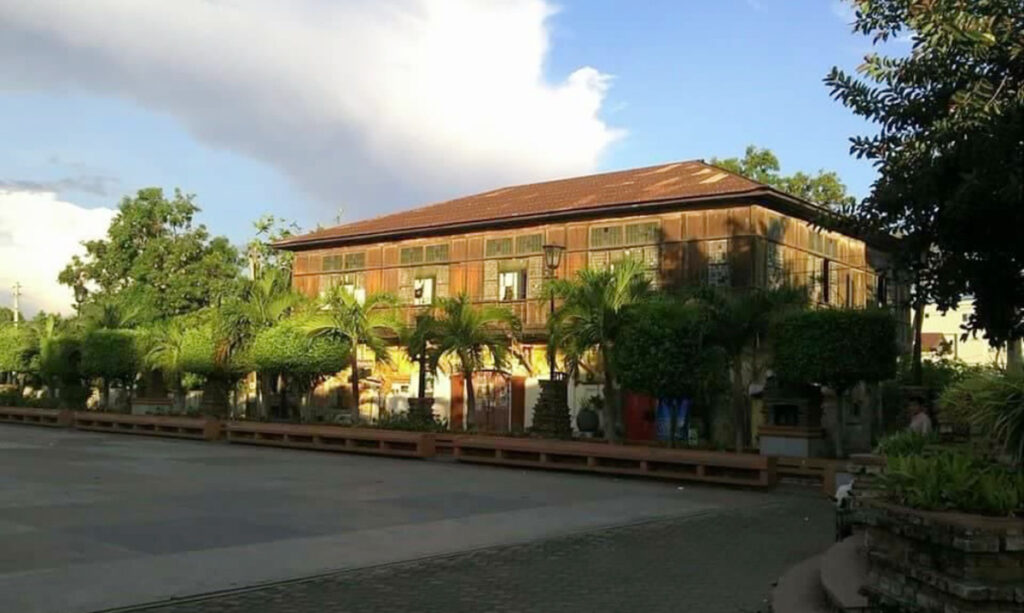
“The house was so big that we used to bike inside. When you wake up, the whole house is very clean. Sometimes, we eat together with our maids whom we treat like members of the family,” recalls Pete Dacuycuy, one of the family members.
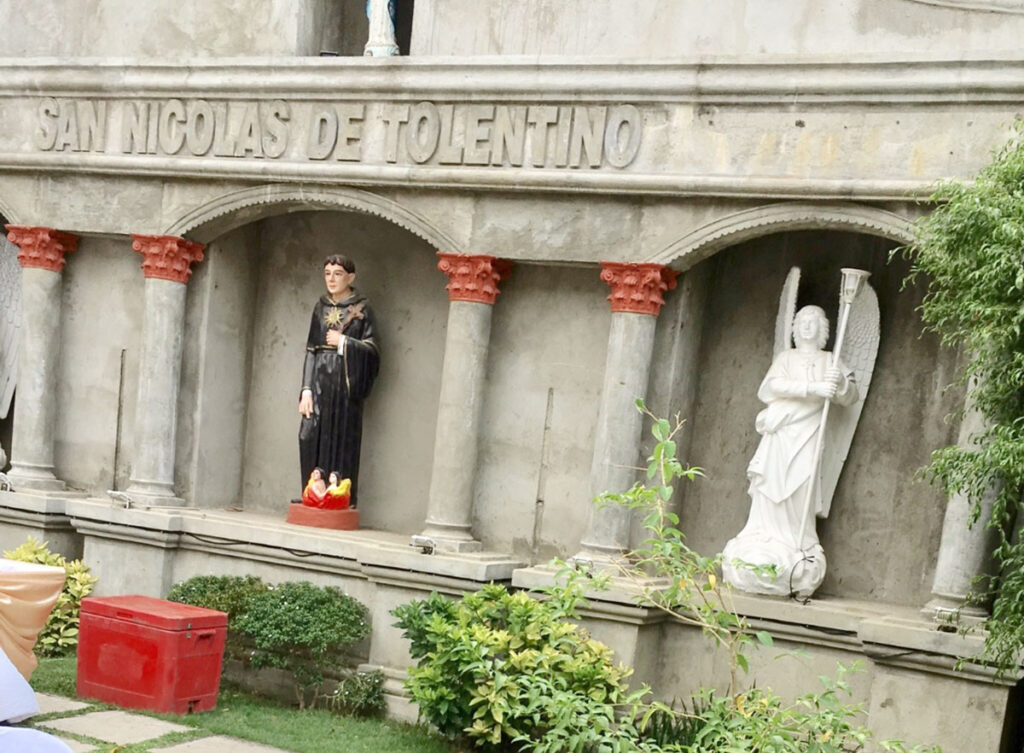
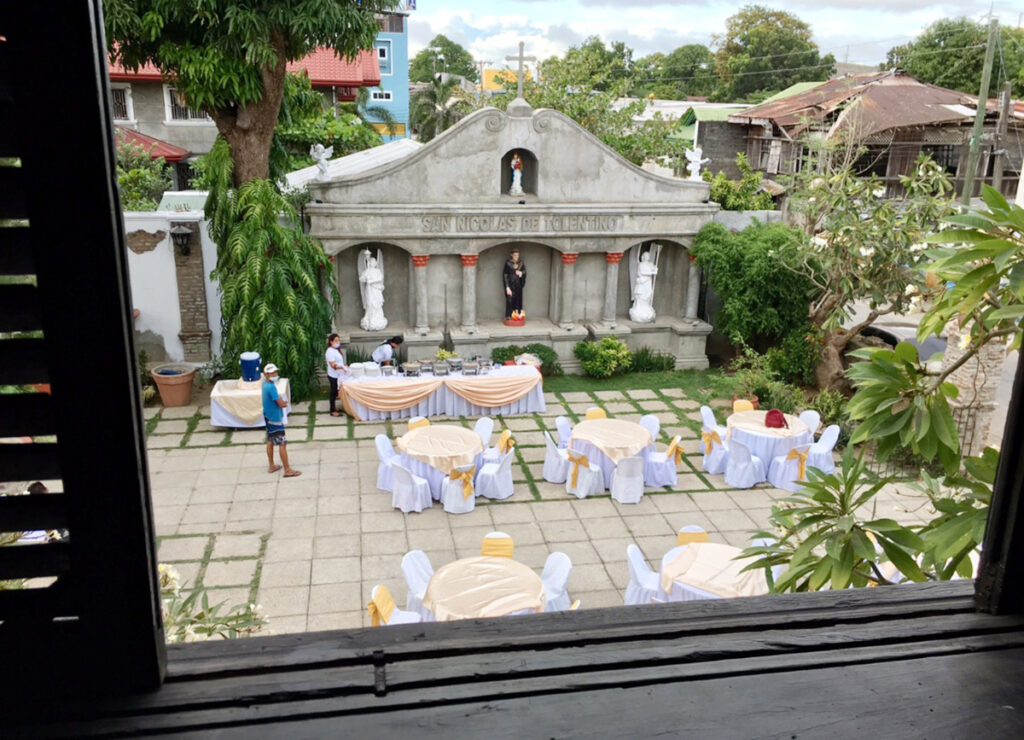
For decades, the former Valdes-Lardizabal home — which was described by the National Museum of the Philippines as one of the “oldest, most imposing heritage houses in Ilocos Norte” — was rented to vendors selling native delicacies prior to its reincarnation.
History and heritage
The ancestral house was once home to Tinggians and Igorots before the place was occupied by the Spaniards. The indigenous group resisted against the Spanish mission in Vigan before dispatching in Laoag River in 1575. The town, however, surrendered to the Spanish forces with some fleeing to the Cordilleras. The Spaniards, particularly made up of Augustinian friars, settled and established a visita in the town.
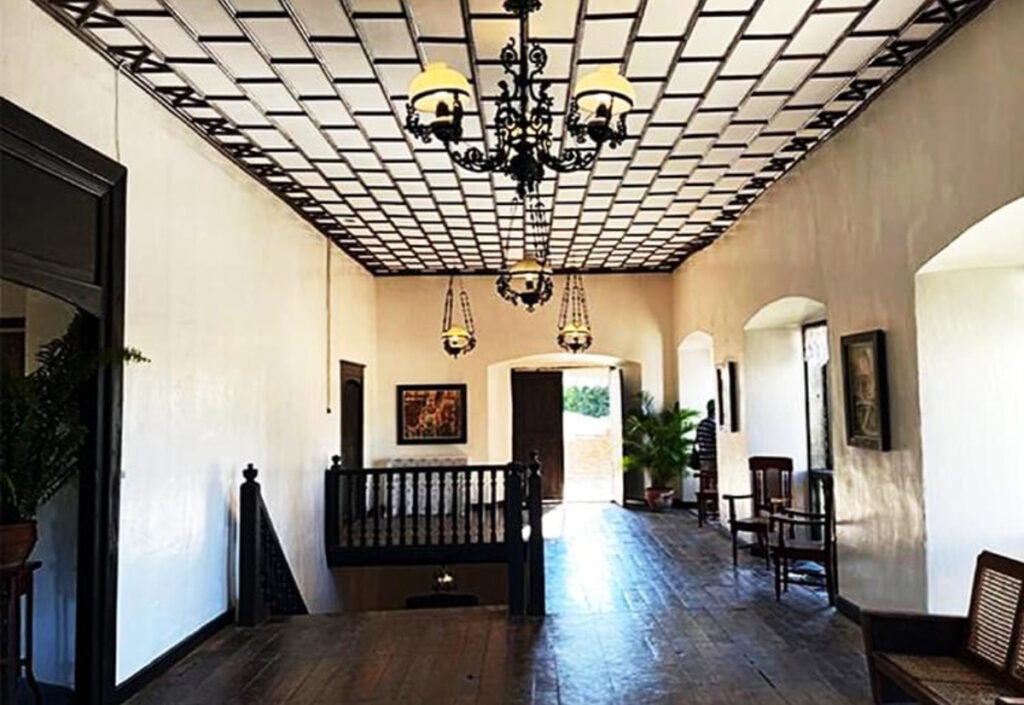
In the height of the Philippines’ revolt against Spain, the house was taken over by the Katipuneros in 1898 until they got captured by the Americans during the American Commonwealth, and then by the Japanese between 1942 and 1945. Following the country’s freedom from its colonizers, it has been the subject of many turning points of history.
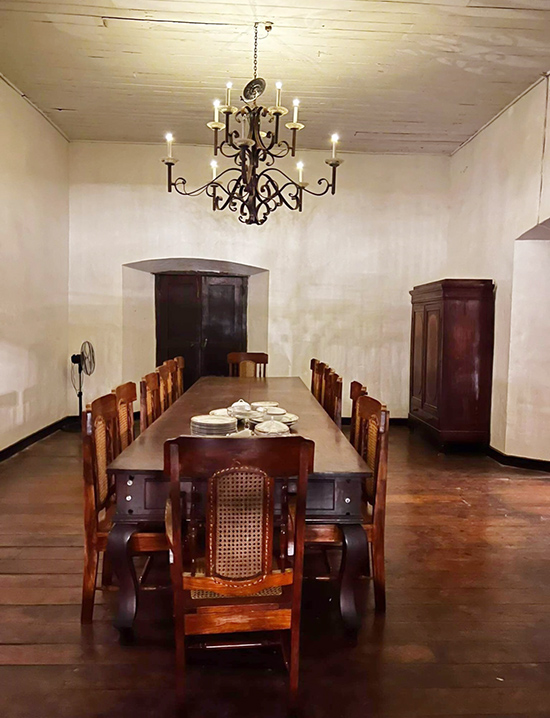
Believed to have been constructed by the Gobernadorcillo Antonio Valdes in the early 1800s, the heritage house presents a hint of its grandeur despite years of neglect.
The house was christened in 1733 after Saint Nicholas of Tolentino, an Italian who was believed to have protected the town from storms, fires, floods, and earthquakes. It is the only municipality in Ilocos Norte named after a saint.
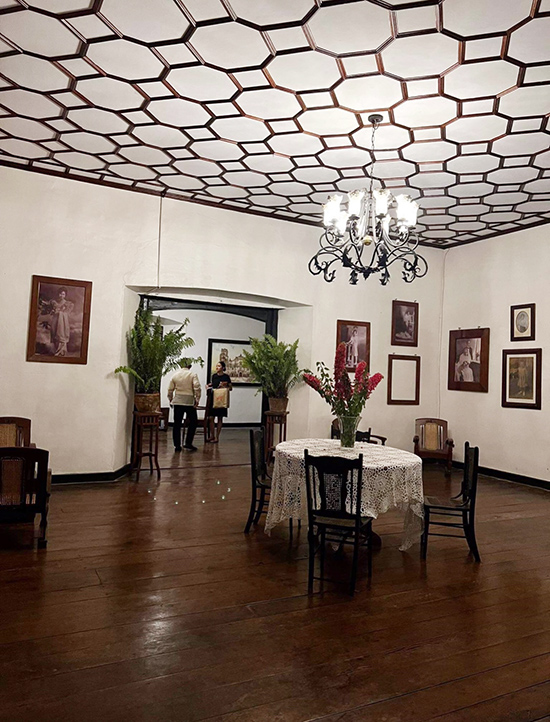
The house is considered as a significant lens through time since it witnessed the town’s rise, fall, and eventual growth. One of its most prominent roles include being used as the headquarters of the Japanese army in World War II. Even if it was left to fend for itself, it still remains as one of Ilocos Norte’s most notable cultural, artistic, and historical gems.
A cultural icon in the north
The journey of Balay San Nicolas’ rebirth started on Dec. 13, 2015, after the municipal government bought the dilapidated estate, which was declared by the National Museum of the Philippines as an Important Cultural Property (ICP).
The ICP declarations also included the San Nicolas de Tolentino Church, Santa Rosa Academy convent, the Via Crucis structures, San Nicolas Central School building, Municipio, and the Nagrebcan archaeological site.

Over the next few years, a cultural revival program dedicated to its reincarnation was organized to restore the house to its former glory. The program was spearheaded by town Mayor Dr. Alfredo Valdez Jr., and neurologist, contemporary art gallery owner, and art patron Dr. Joven R. Cuanang, who worked closely with the San Nicolas Express Bin-I Foundation Inc. The foundation, which promotes education, culture, and the arts, supervised the restoration of the ancestral house.
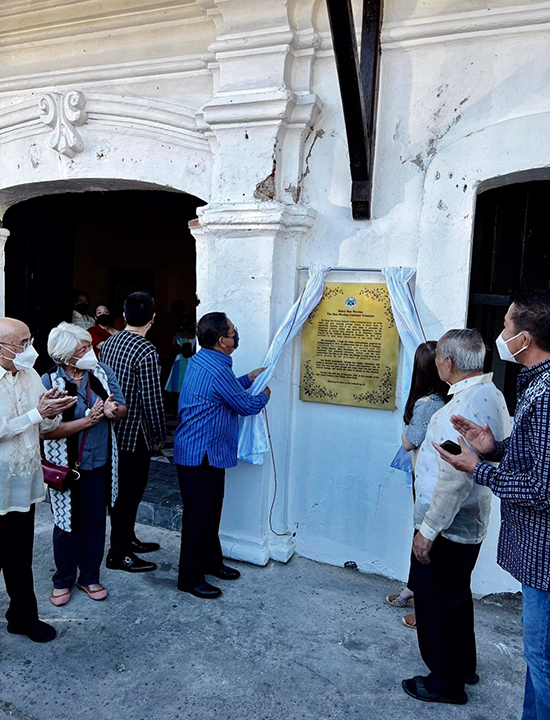
“This grand house in Ilocos Norte is a cultural gem that needed to be restored so the young could have a glimpse of the genteel lifestyle in a balay na bato,” said Cuanang.
After years of restoration, the Valdes-Lardizabal home has been reincarnated into a cultural tourism center under the name Balay San Nicolas. The living museum was inaugurated last Dec. 28, 2021, with Tourism Secretary Bernadette Romulo-Puyat, Gov. Matthew Marcos Manotoc, Vice Gov. Cecilia Araneta-Marcos, Rep. Angelo Marcos Barba, Mayor Alfredo Valdez Jr., Vice Mayor Marlon Valdez, Consul Annette Ablan, and National Museum Ilocos representative Paolo Mar Chan.
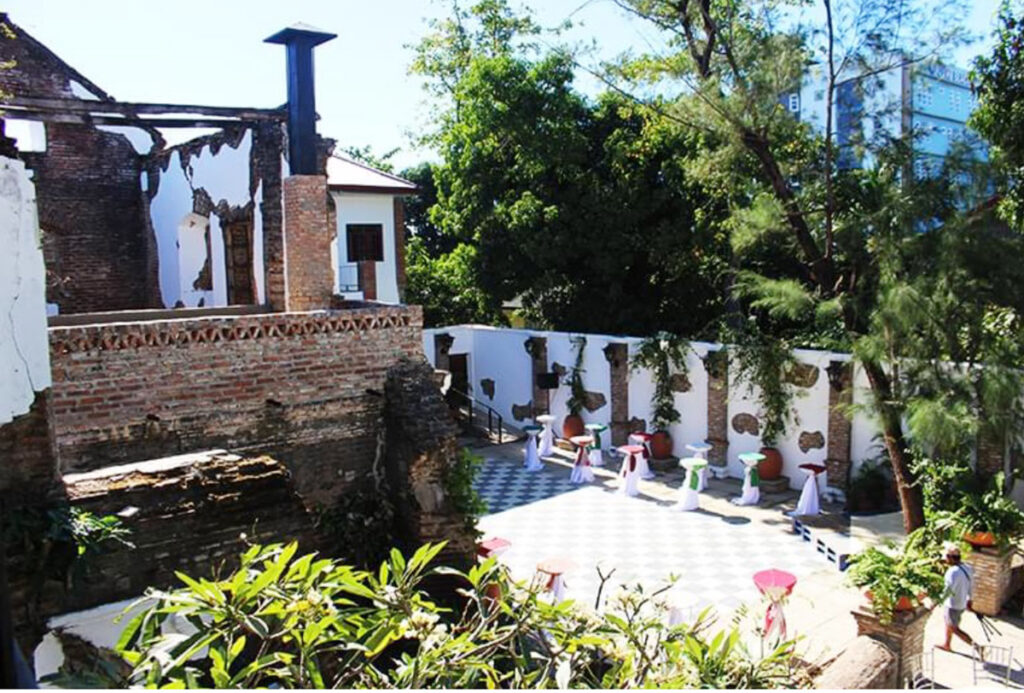
The historic event was also attended by prominent personalities in Ilocos Norte and balikbayans from several parts of the world.
The reborn house is more than a living museum, it’s now a place where elements of the past, present, and future exist in harmony.
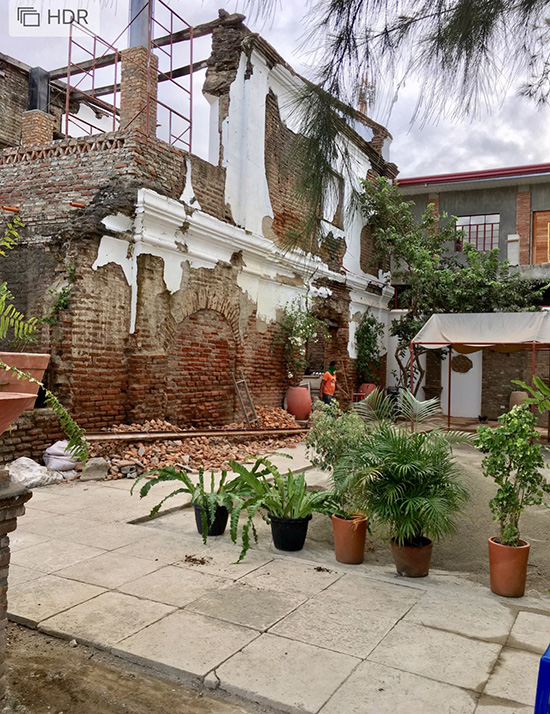
According to Valdez, the living museum, also known as kabite or a strong rock, is the most significant among the heritage houses in San Nicolas.
He added the house is the town’s identity that needs to be preserved for the appreciation of many generations.
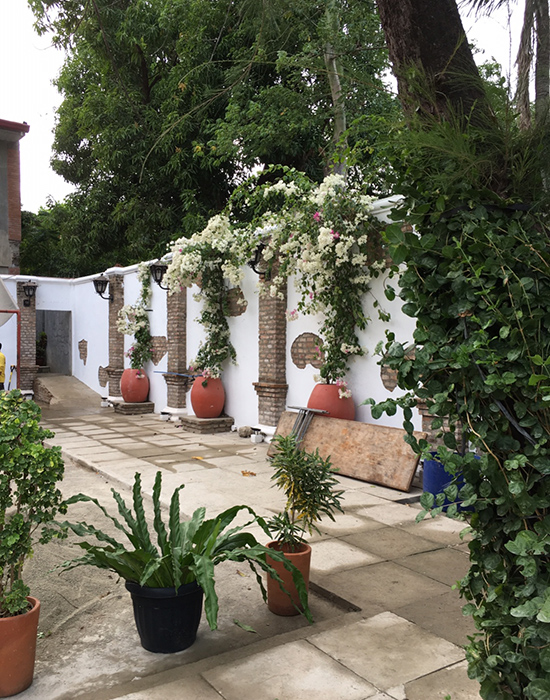
The bahay na bato-turned-cultural tourism center includes the Valdes-Lardizabal family memorabilia, a souvenir shop, restaurant, events place, a Department of Tourism office, and an exhibition space for artists.
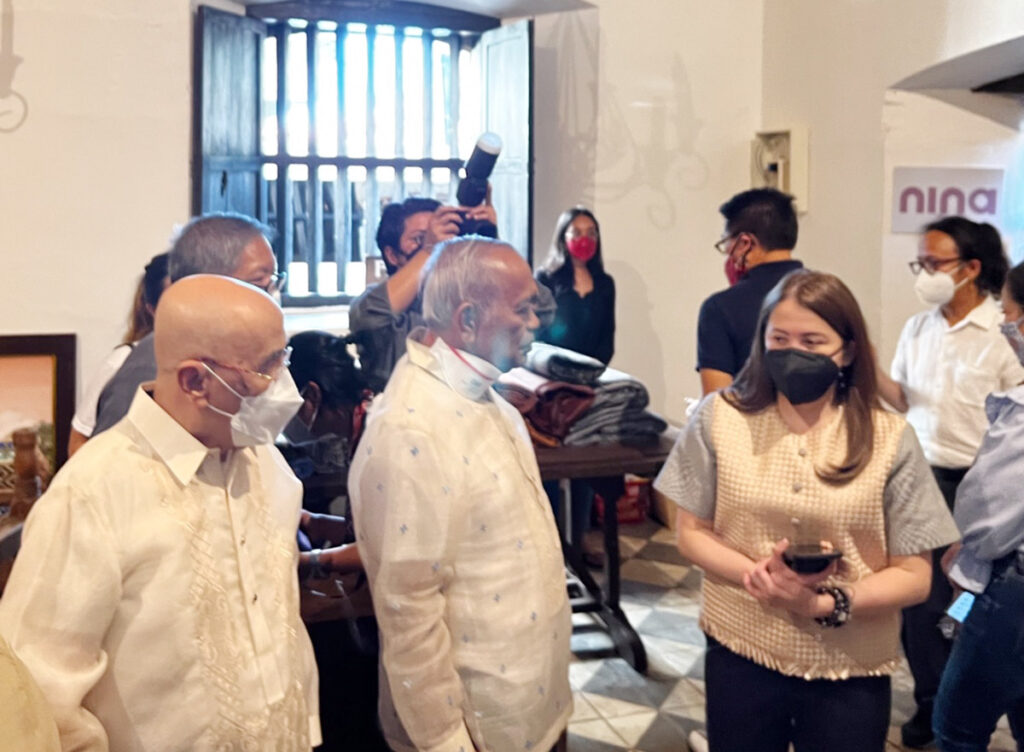
Puyat described the museum as a place that “witnessed many historical events, as well as mundane activities of the townsfolk — all vital to the heritage of San Nicolas, which gives visitors a unique, exciting, and meaningful experience.”
“As an Important Cultural Property, it deserves to be restored to its grandeur and be a significant landmark, not only in the municipality, but the whole province. The San Nicolas Express Bin-I Foundation Inc. did a great job in applying the concept of adaptive reuse to bring back the glory of Balay San Nicolas,” Puyat said.

“As the tourism industry strives to recover from the adverse impacts of the pandemic, we have been ramping up efforts toward promoting sustainable tourism, which UNESCO defines as ‘tourism that respects both local people and the traveler, cultural heritage and the environment,’” she stressed. “From this day on, Balay San Nicolas will be an important cultural vessel and a storyteller to future visitors.”
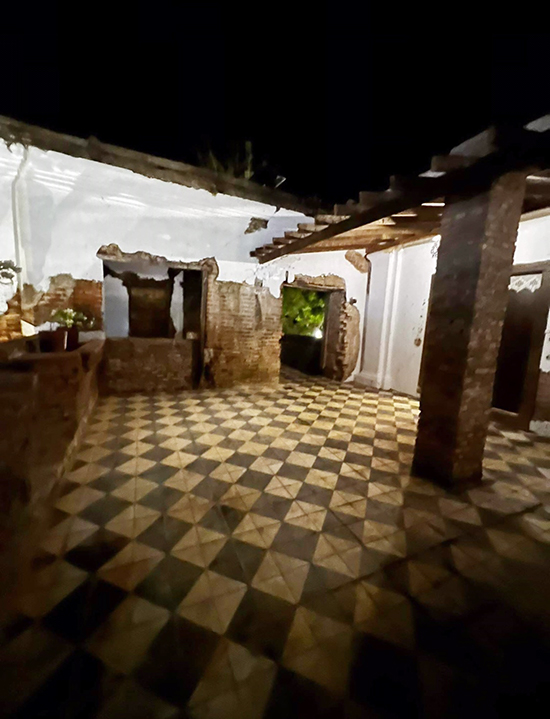
The Porch 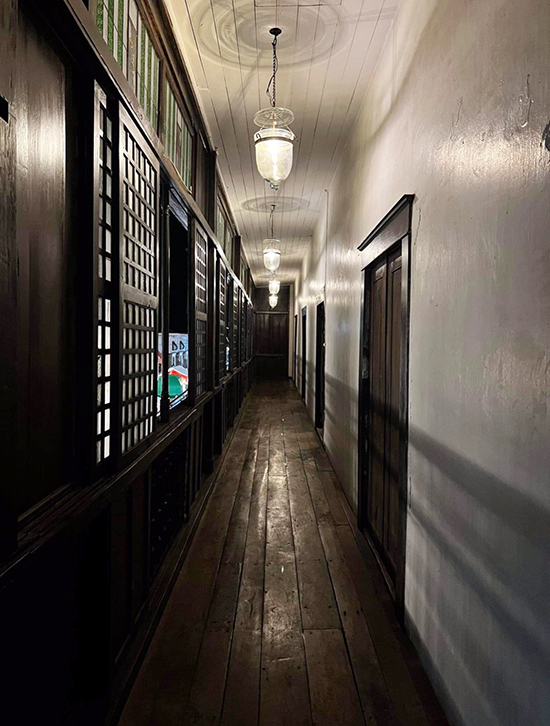
The other Corridor. 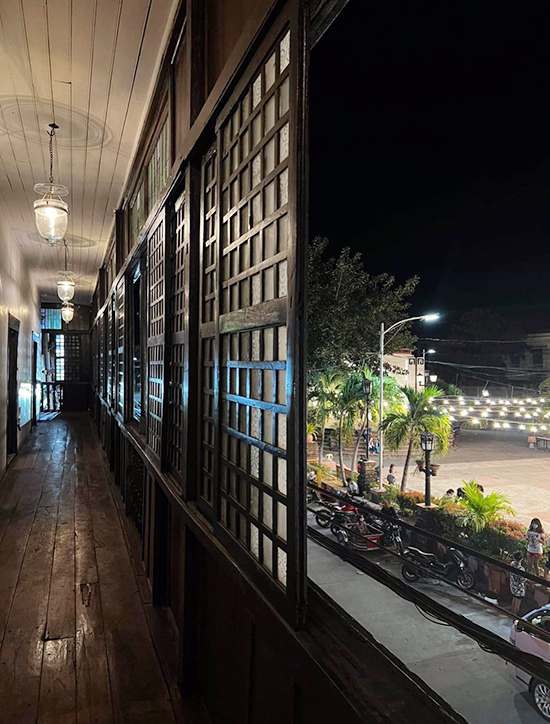
The Balcony fronting the Town Plaza. 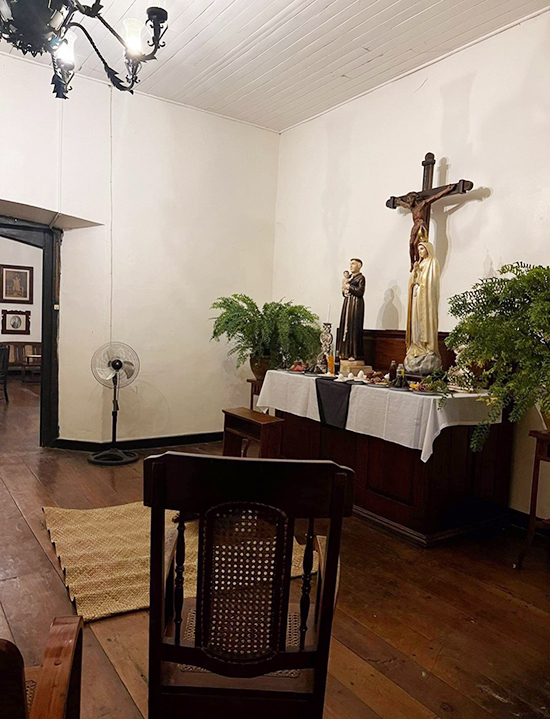
Tha family Altar Room 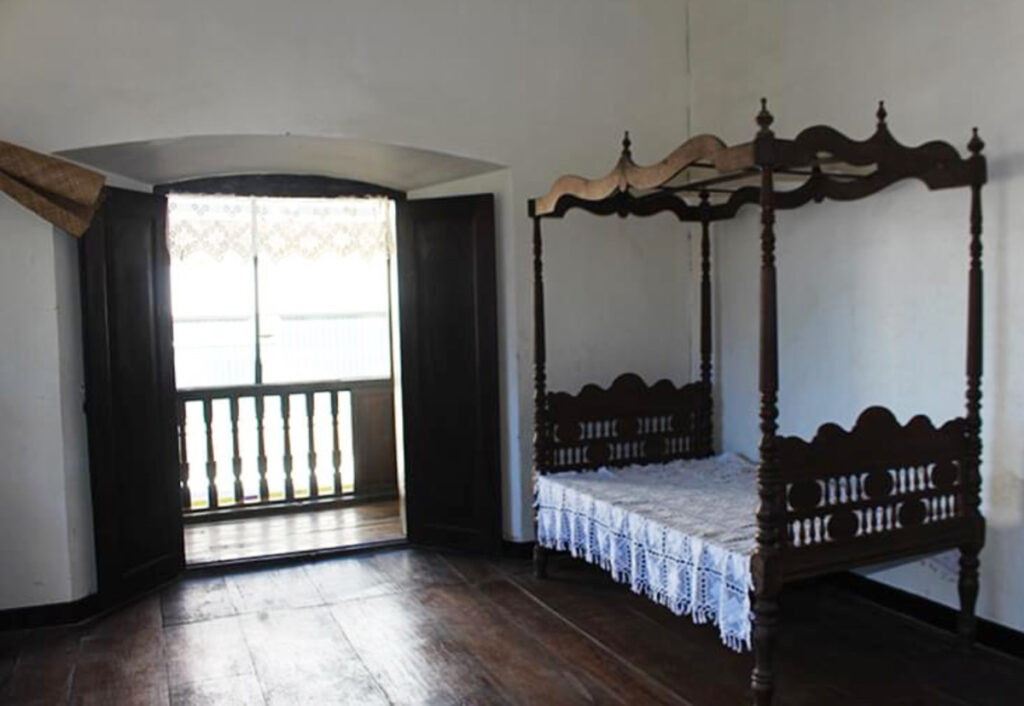
Bedroom. 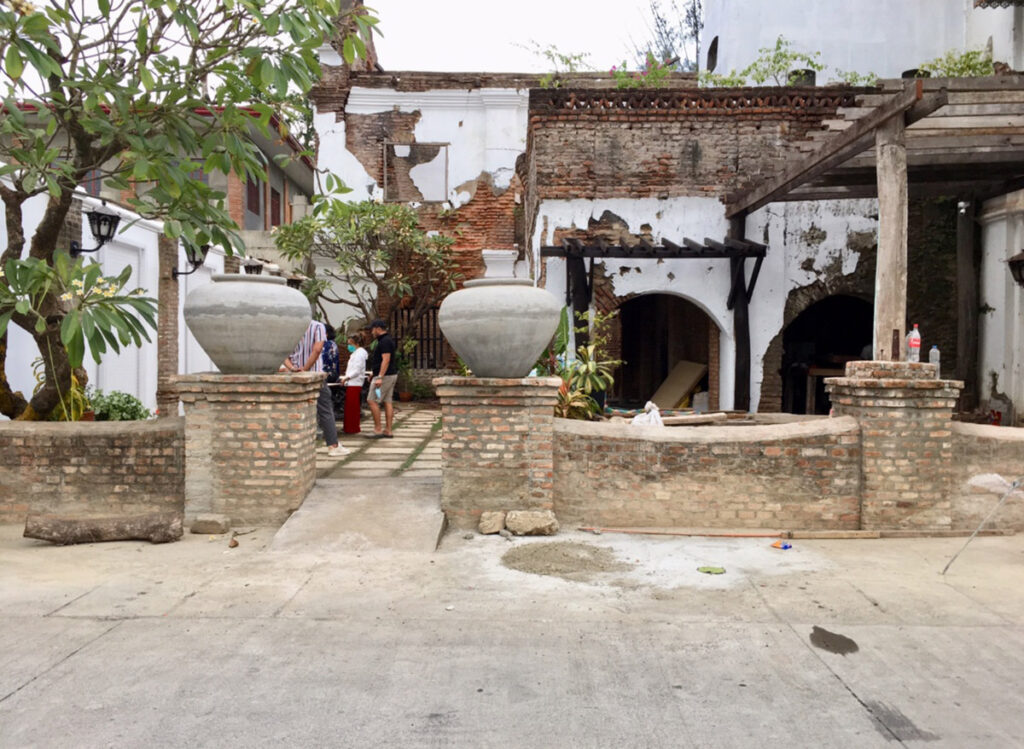
Al fresco Resto 
View of the Courtyard events place.
Manotoc and Barba said Balay San Nicolas’ restoration is “one step towards truly establishing San Nicolas as a tourist town.”
The inauguration was marked by a cultural show of the Bin-I Foundation, which featured a fashion show, the Ilocano folk song Pamulinawen and poetic chant Dallot, among others.
